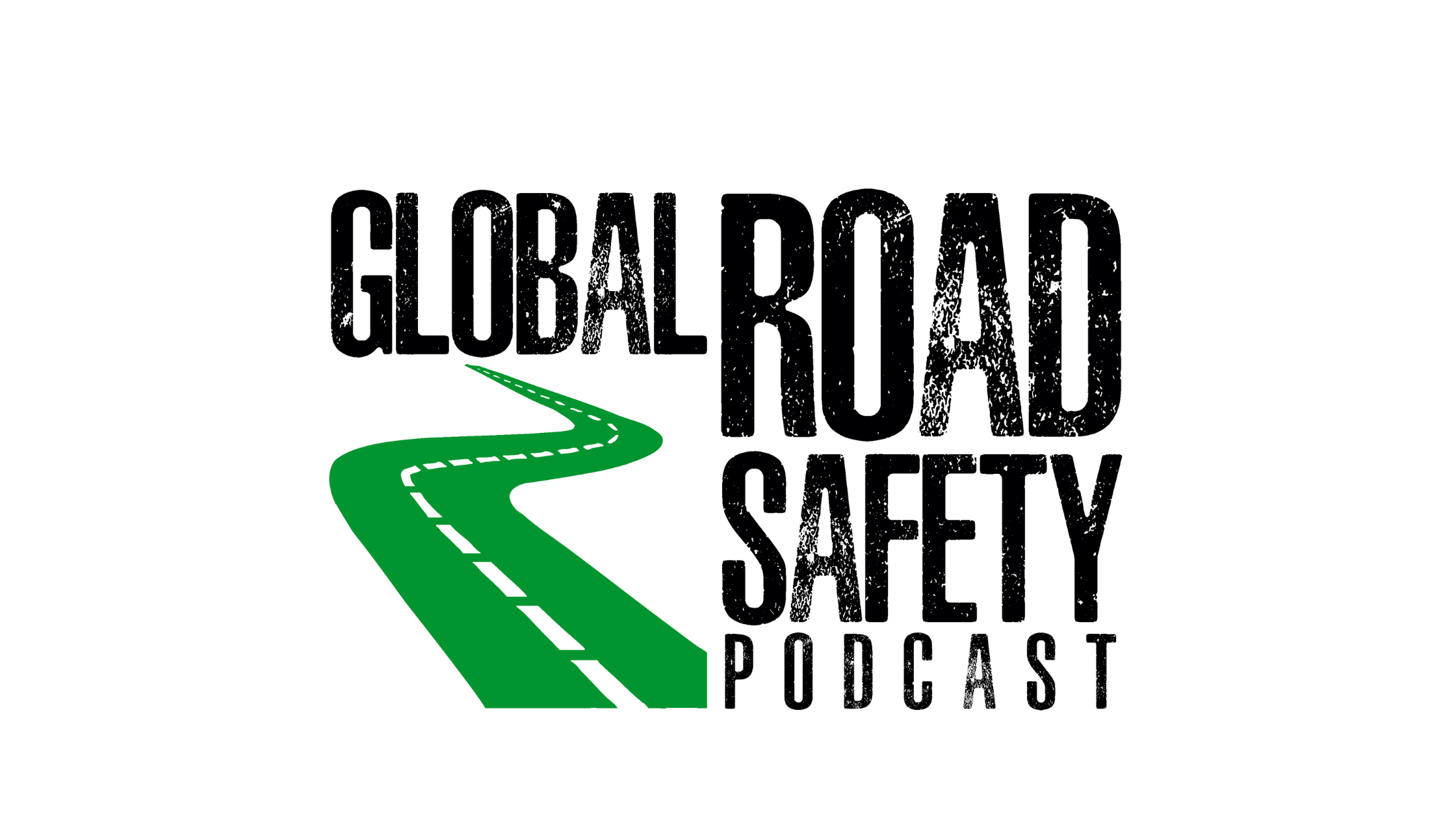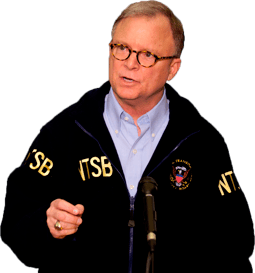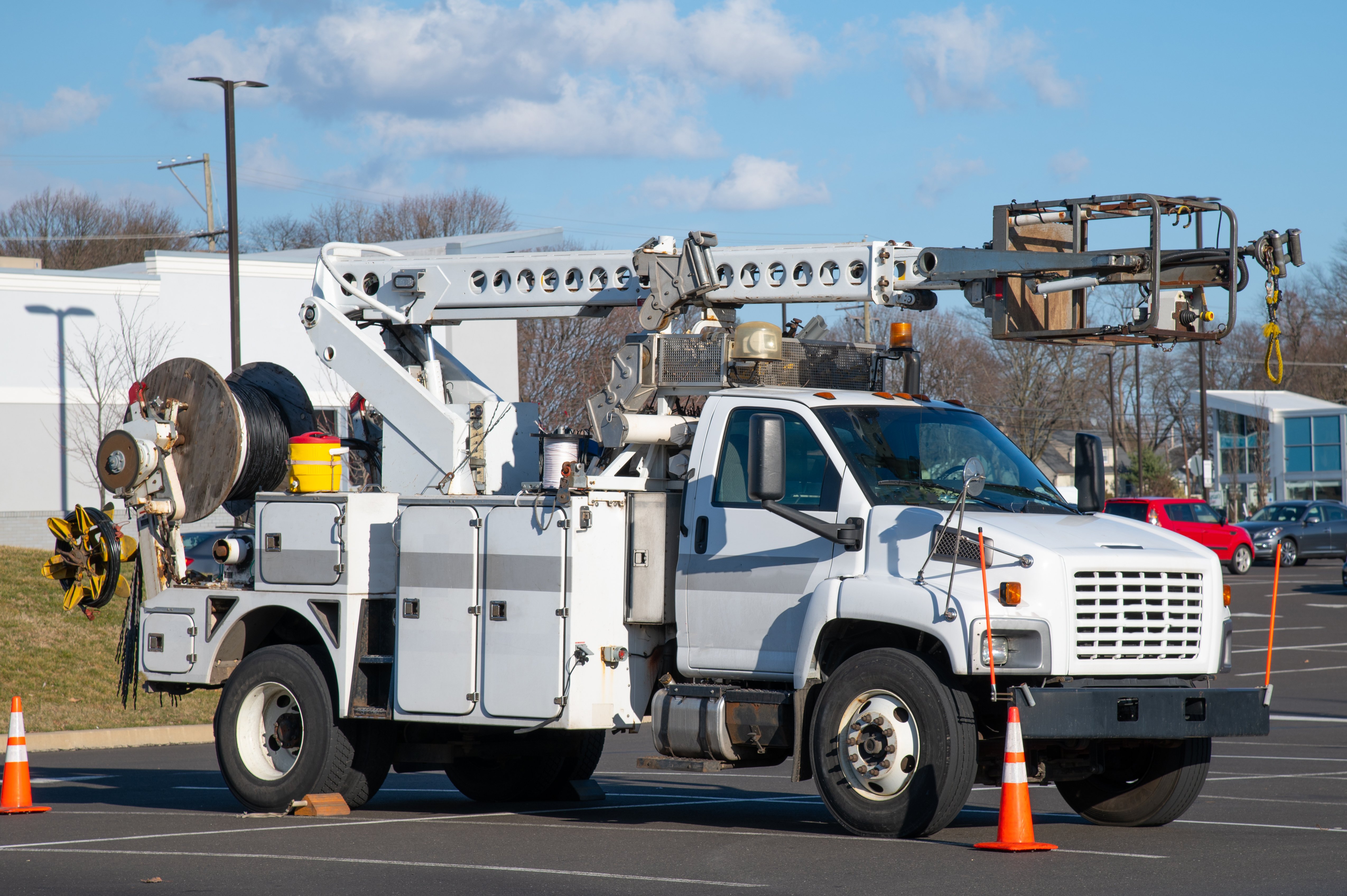
The National Transportation Safety Board (NTSB) is the government agency responsible for investigating transportation accidents in the United States. In the latest episode of the Global Road Safety podcast, Tony Douglas, President and CEO of Smith System, spoke with Robert L. Sumwalt, former chairman of the NTSB, about the mission of the NTSB, their “most wanted” list, their safe systems approach to road safety, and how all drivers can model a safe driving approach for their children and teenagers.
Listen to the Episode
On human factors that influence safety:
"When I think of human factors, I think of how humans interact with the system. Or maybe how the system interacts with the humans. It involves the individual person. It involves the physical environment. That could be the weather, or it could involve environmental pressures like self-induced pressures, or company-induced pressures. It could involve the regulatory influence. So all of those come together to affect the way that somebody operates. Not to mention the operation of the interaction between the human and the machine. So all of those interact to affect how we as humans perform.”
On distracted driving:
“We’ve seen a number of crashes that have happened, where somebody is talking on a cell phone or they are texting or trying to play with some sort of electronic device. We’ve even seen a crash where the driver was playing a video game and did not even apply the brakes at all. So distracted driving is a huge issue. It’s not a new issue... But we’ve introduced over the last couple of decades the possibility of electronic distractions. So it is an issue, and we do need to get our hands around it.”
On preparing teens for safe driving:
“I really got interested in that topic because when I joined the board, this was about 15 years ago, my daughter was 12 and I was scared to death of her getting out on the roadway. Well, she’s 27 and guess what? I’m still scared to death when she gets out on the roadway, but for a different reason. Just because I do know that highway crashes can be devastating but there are a number of things that parents can do to improve the chances of a teen driving safely.
One thing is to model good behavior. If a child is watching their parents talking on a cellphone, then they are more likely to go out and talk on a cellphone when they drive. Another thing that we found is that increasing the number of young people in the car is a risk factor. So there are programs called graduated licensing programs, where states require certain things of these novice drivers. Like only one passenger in the car and things like that.”
On safety trends:
“I think the most recent trend is highway fatalities are up 8% compared to the same period in a non-pandemic time, where vehicle miles traveled have been down. So that is very much a troubling trend. We also know that most of these trends are going the wrong way.
In a recent 10 year period, we saw that pedestrian fatalities were increased by 27% while overall driving fatalities decreased by about 13%. So that is certainly going the wrong way. That was over a recent 10 year period. Overall if you look at bicyclists, motorcyclists, and pedestrians over the last couple of years they are up 5%. So yes, the trends are going the wrong way.”
On the NTSB’s most-wanted list:
“The NTSB has a most-wanted list... This past spring the board approved the most wanted list. It’s a list that comes out every other year and one of the new items on that list is to protect or for a safe systems approach. And what does that really mean? It means that we’ve got to look at the entire system.
Traditionally if there is a crash we’d say the driver was drunk or the driver was speeding or something and we would tend to focus just on that human. But let’s go back to how I was describing human factors. It’s a number of things that affect the way a person performs. So with a safe systems approach, we’re looking for five things: We need safer roads. Road designs can be better. Safer cars and safer automobiles. Safer drivers, safer speeds, and then safe navigation. So that if there is a crash you’re mitigating the injuries for a number of reasons. Airbags, seatbelts, would be a good method of mitigating injuries. So the board has called for a safe systems approach to improving roadway design and improving vehicle design. Impaired driving is a huge issue.
Each year we lose about 10,000 people due to alcohol-impaired driving alone. That does not include the 5- 6,000 fatalities that occur due to drug-impaired driving. And then speeding, it sounds kind of obvious but the faster you drive, the more likely you’re going to be in a crash, and if you are in a crash, the more likely you will be injured. So all of those things combined… If we could affect changes in each of those areas including the mitigation methods, I think we really could drive the number of roadway fatalities and injuries down significantly.”
On driverless vehicles:
“I’m not speaking on behalf of the board for any of these now that I’m gone. But I will say that the last time I testified to congress it was on this very topic about autonomous vehicles. And the very last thing that I said when asked, was that I feel that this technology has great promise, but it has to be done properly. And that’s really where the sausage gets made — when we try to define what ‘properly’ means. But yeah, I think that ultimately it would have a profound effect on improving safety and improving efficiency on the roadways, but I think that we are a long way off from seeing that. It’s a long-term thing that we’re looking at.”
On advances in technology:
“The NTSB does strongly support these driver-assist technologies like automatic emergency braking. That can save lives right there. Lane departure warning, adaptive cruise control systems... These are very important, they’re sort of taking baby steps towards full autonomy, which of course we’re not anywhere close to full autonomy, but those systems are helpful. In fact, we’ve called for more of those technologies to be introduced into heavy trucks.”
On investigating crashes:
“The NTSB has the statutory responsibility to investigate all civil aviation accidents in this country. And to give you an idea of magnitude there are about 1,300 civil aviation accidents in this country each year. Most of them, fortunately, are not fatal. But when it comes to the other modes of transportation (highway, marine, pipeline, hazardous materials, and interrail) the board does not have to investigate every one of those. And when you figure, we have millions of highway crashes each year (fortunately, not all are fatal) the board could just not possibly do that. That’s one of those responsibilities that’s left up to the state and federal government.
However, if it’s something that could really be where the NTSB feels that it could be a safety payback, we’re going to look at it. And one of which is when you asked me before we went on the air, you asked me about the I-35 pile-up that happened in icy conditions this past February [in Fort Worth]. That’s one where we felt that we need to look at this, we need to see if there are systemic issues that could be larger in nature, that if we learned something there it could broadly impact safety throughout the highway system.”
Parting thoughts:
“Part of my responsibility as the chairman of the board, before we go into a board meeting where we’re going to deliberate a particular accident or crash, is that I will often meet with family members. It’s devastating… You may meet them within hours of the tragedy. Their emotions are still raw and one thing that I take away is that life is so precious. And so I do worry when my daughter gets on the road. She lives in North Carolina and comes to see us in South Carolina. And I worry every time she gets on the road, and I worry when my wife gets on the road. Because again, life is precious and we see how easily it can be snuffed out. So that would really be my parting thoughts right there.”
About Our Guest

Robert L. Sumwalt, former chairman of the NTSB
Robert L. Sumwalt is a former United States government official and aviator. He was a board member of the National Transportation Safety Board from 2006 to 2021, serving as the agency's 14th chairman from 2017 to 2021.









